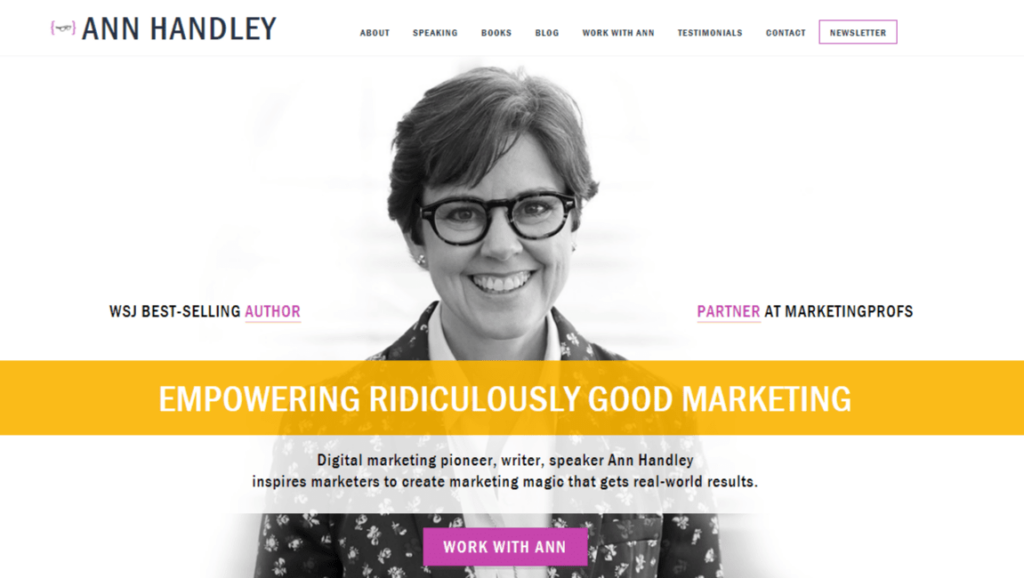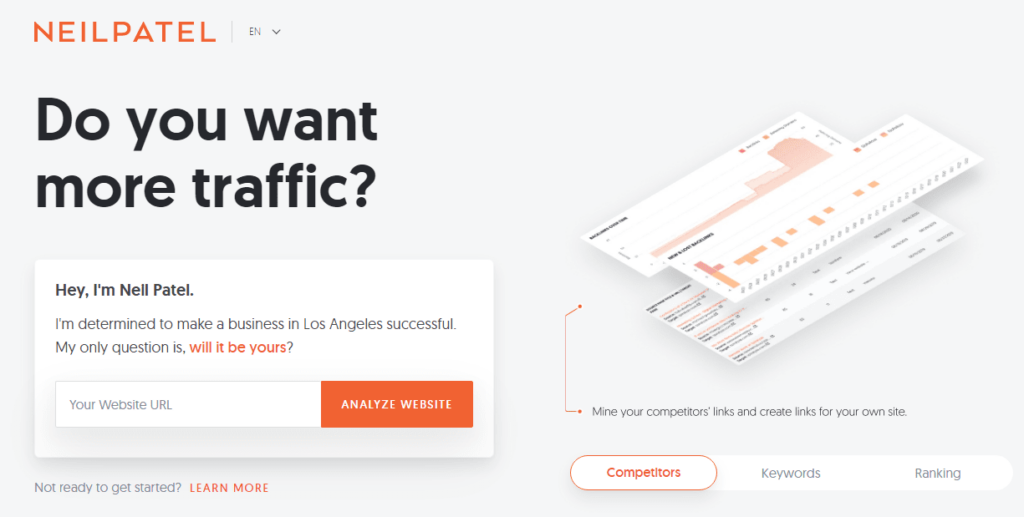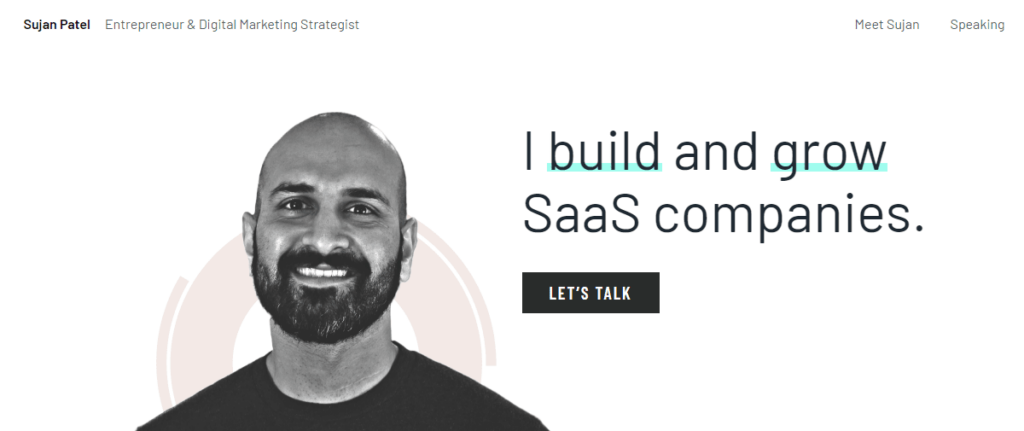
Building a strong personal brand is one of the best ways to get ahead in your career. However, a lot goes into developing a solid personal brand. And one of the most crucial aspects of a personal brand is a brand statement.
In the same way, companies have a statement describing them and their values, you need a powerful personal brand statement to show everyone who you are and the value you offer. It’ll help you network, gain trust with clients in your industry, and stand out from the competition.
This guide will show you how to create an effective personal brand statement and give examples of excellent brand statements to get your creative juices flowing.
But first, let’s define what a personal brand statement is.
What is a Personal Brand Statement?
A personal brand statement is a sentence or two that describes what you do and what makes you unique in your profession. It summarizes your skills, experience, and passion so that your target audience can quickly understand who you are and the value you offer.
In other words, it’s a catchphrase or slogan about your expertise and what makes you different from competitors.
Your brand statement should be catchy and short and have enough compelling details to show your personality and value.
After creating your personal brand statement, you can publish it on your:
- Online portfolio to serve as an excellent tagline;
- Social media profiles as a bio;
- Resume showcasing your strengths to hiring managers.
Why is a Personal Brand Statement Important?
A personal brand statement can enable you to showcase your expertise and value in a way that makes others want to know more about you. As a result, it can be a ?valuable tool when networking with potential employers or customers.
How To Write a Personal Brand Statement
Here are four steps to write your own personal brand statement:
- Find your unique selling proposition. List down your skills and qualities that help you work effectively. Then, choose the top three qualities from your list.
- Identify your target audience, then address their pain points and how you can help them.
- Inject your personality into your choice of tone and words to create the uniqueness that helps you stand out.
- Avoid industry jargon and use simple language to make your brand statement memorable. Also, balance creativity and clarity to ensure you get your message across.
Now, let’s look at examples to understand how to create compelling personal brand statements.
7 Personal Brand Statement Examples You Can Use As Templates
Here are seven examples of personal brand statements you can use as templates for inspiration. You can tweak them to suit your own skills and professional experience.
- I help entrepreneurs organize their marketing strategies so they can organize their businesses.
- I will help you grow your business through innovative, exciting online email marketing campaigns.
- Hey there, I’m an entrepreneur, writer, and philanthropist committed to helping you create a brand that matches your needs and voice.
- Helping you create and manage your email marketing campaigns.
- I help B2B companies reach their goals by creating killer websites that boost traffic by at least 20%.
- I will show you how to use social media platforms to boost your brand’s revenue and reach.
- I streamline processes and protocols to help you scale your business.
5 Real-Life Examples of Personal Brand Statements
Here are five personal brand statements to help you get inspiration to create your own brand statement.
1. Ann Handley — Empowering Ridiculously Good Marketing

Ann Handley is a digital marketing pioneer and a Wall Street Journal best-selling author. She’s also a speaker and a writer who helps other marketers grow their businesses and get exceptional results.
Her simple catchphrase, “empowering ridiculously good marketing,” is short and to the point, and she delivers it in a casual tone, which makes it stand out.
2. Neil Patel — Do You Want More Traffic?

Neil Patel is a world-renowned online marketer known for his SEO and traffic generation expertise. His great personal brand statement, “Do you want more traffic?” is effective since he has the proof and reputation for supporting his claim that he can get more traffic for your business.
Using a question as his personal statement is also a way to spark curiosity since it appeals to his audience’s desire to solve problems and understand and improve their businesses.
3. Carol Tice — Practical Help for Freelance Writers

Carol Tice is the founder of Make a Living Writing, which offers various tips for freelance writers to grow their online businesses. Her slogan, “Practical Help for Freelance Writers,” is simple and straight to the point.
The strong personal brand statement also specifically targets freelance writers, indicating who will benefit from the “practical help” she provides.
4. Dave Nelson — I Believe in You… Now You Must Believe in Yourself

Dave Nelson is a certified personal trainer who previously struggled with obesity. His personal branding statement isn’t about himself but about his audience’s lack of self-esteem.
Dave tells his audience that he believes in them and encourages them to start believing in themselves so they can achieve their fitness goals. The effective personal brand statement is simple but compelling and perfectly aligns with his brand’s goals.
5. Sujan Patel — I Build and Grow SaaS Companies

Sujan Patel is a well-known digital marketer who boldly states that he “builds and grows SaaS companies.”
His powerful personal brand statement is solid since he’s not simply stating that he helps SaaS businesses grow. He claims that he’s solely responsible for the growth of these companies. As a result, the catchphrase immediately catches the reader’s eye and intrigues them.
Conclusion
There you have it. The personal brand statement examples shared above should inspire you to design your own.
All the examples clearly state who the person is and what they do. So as you create your own personal brand statement, ensure it’s catchy, clear, and infused with your personality.
Featured image by Christina Morillo on Pexels
The post How to Write a Personal Brand Statement appeared first on noupe.








